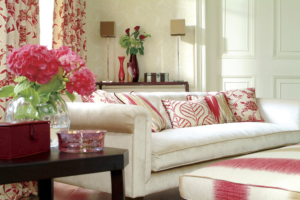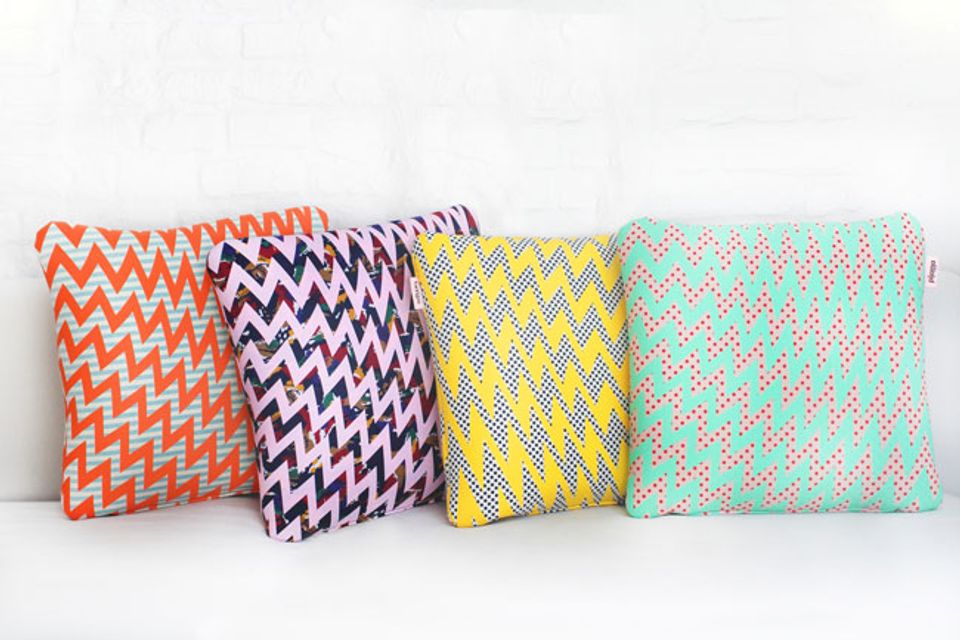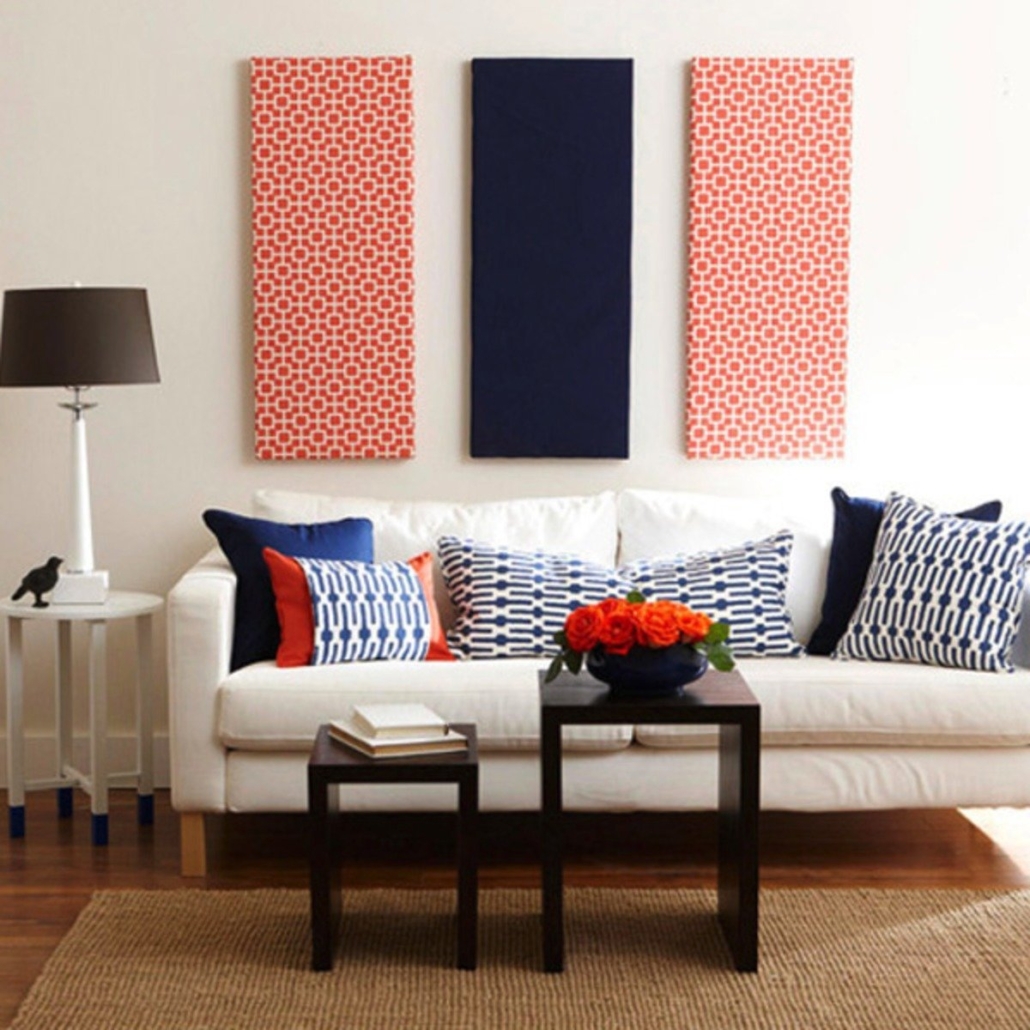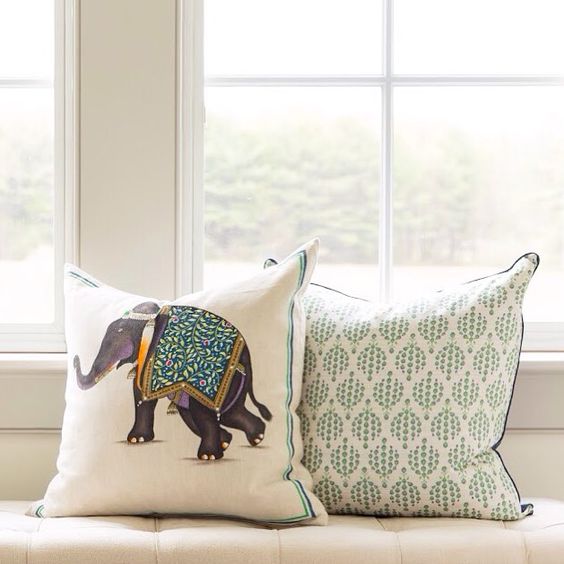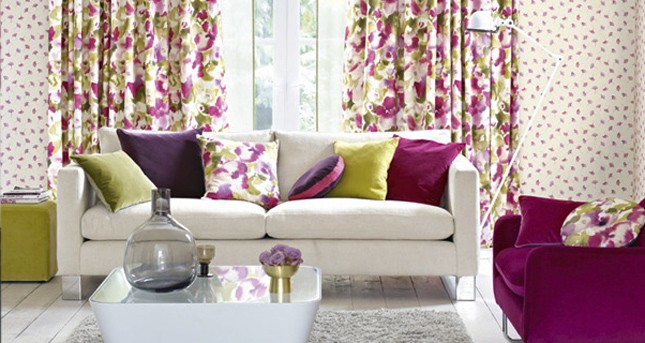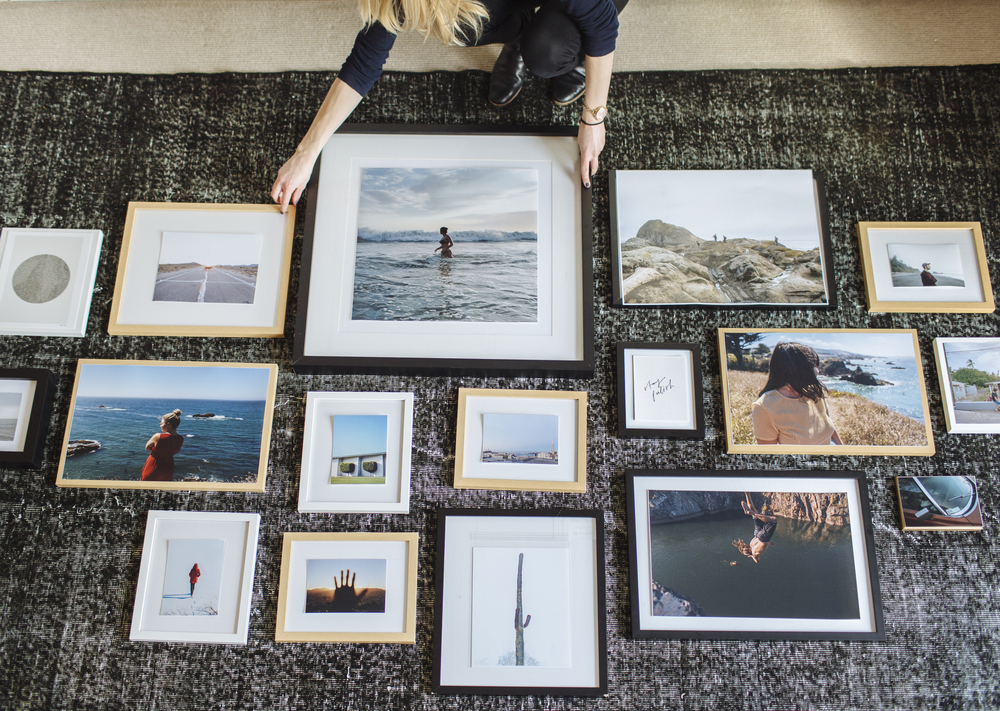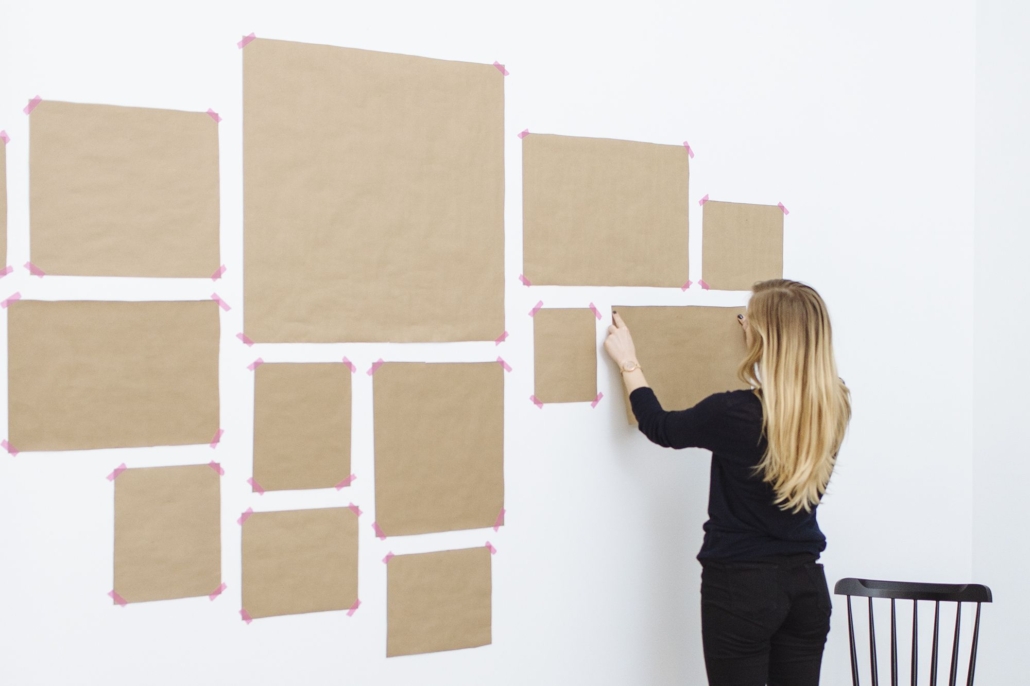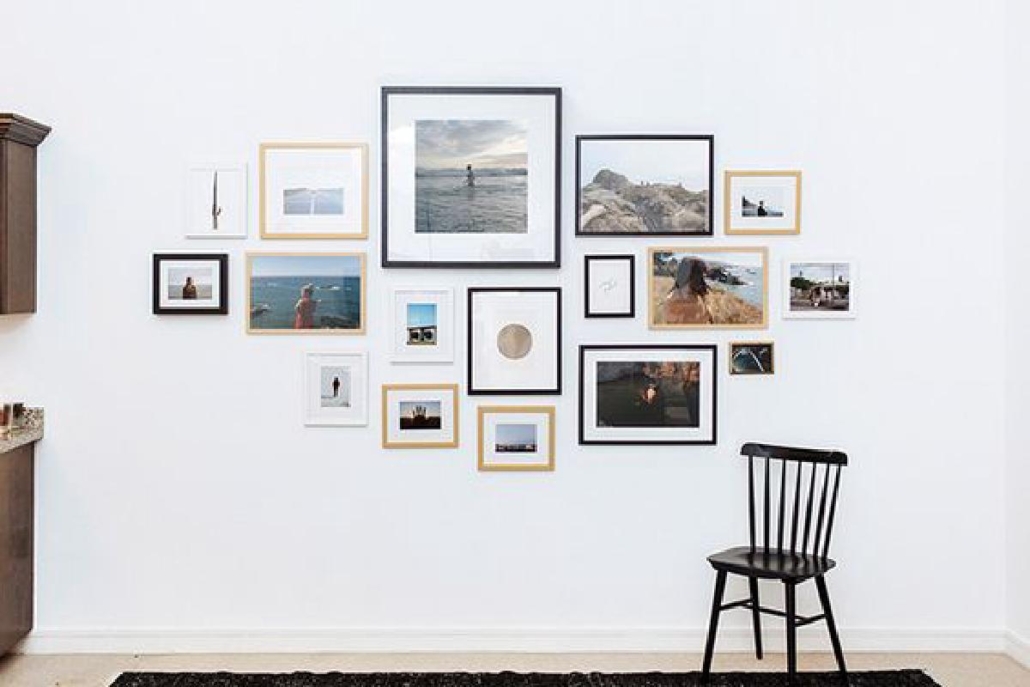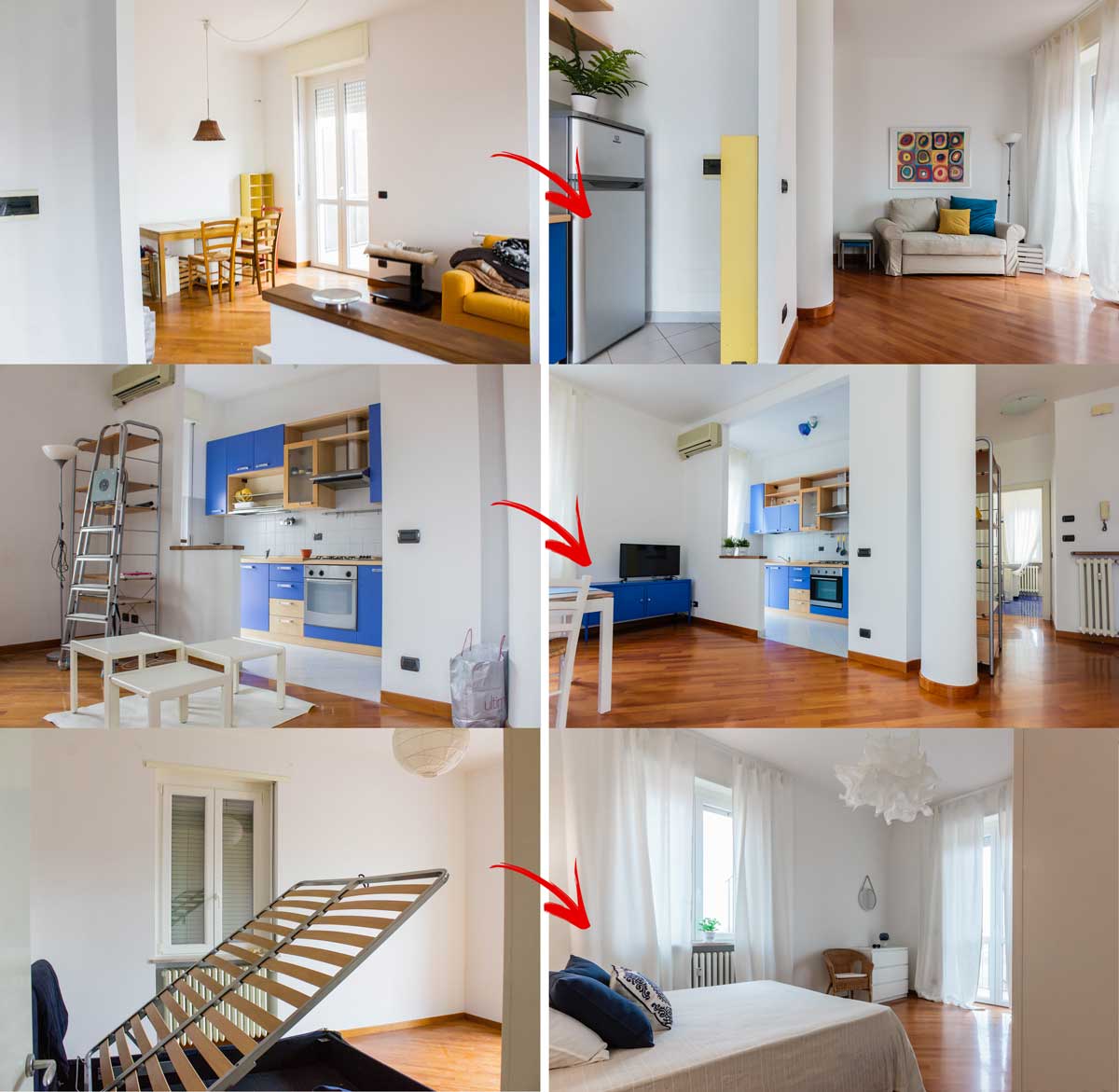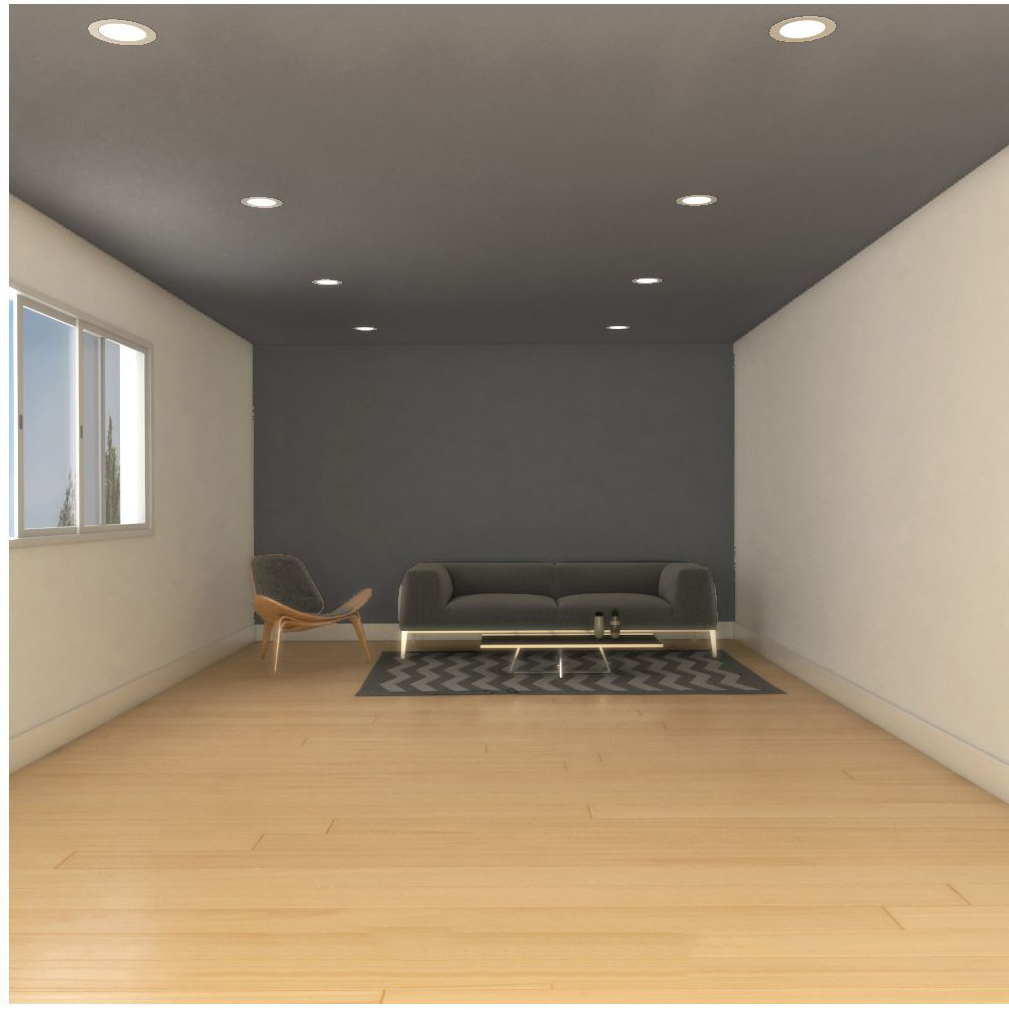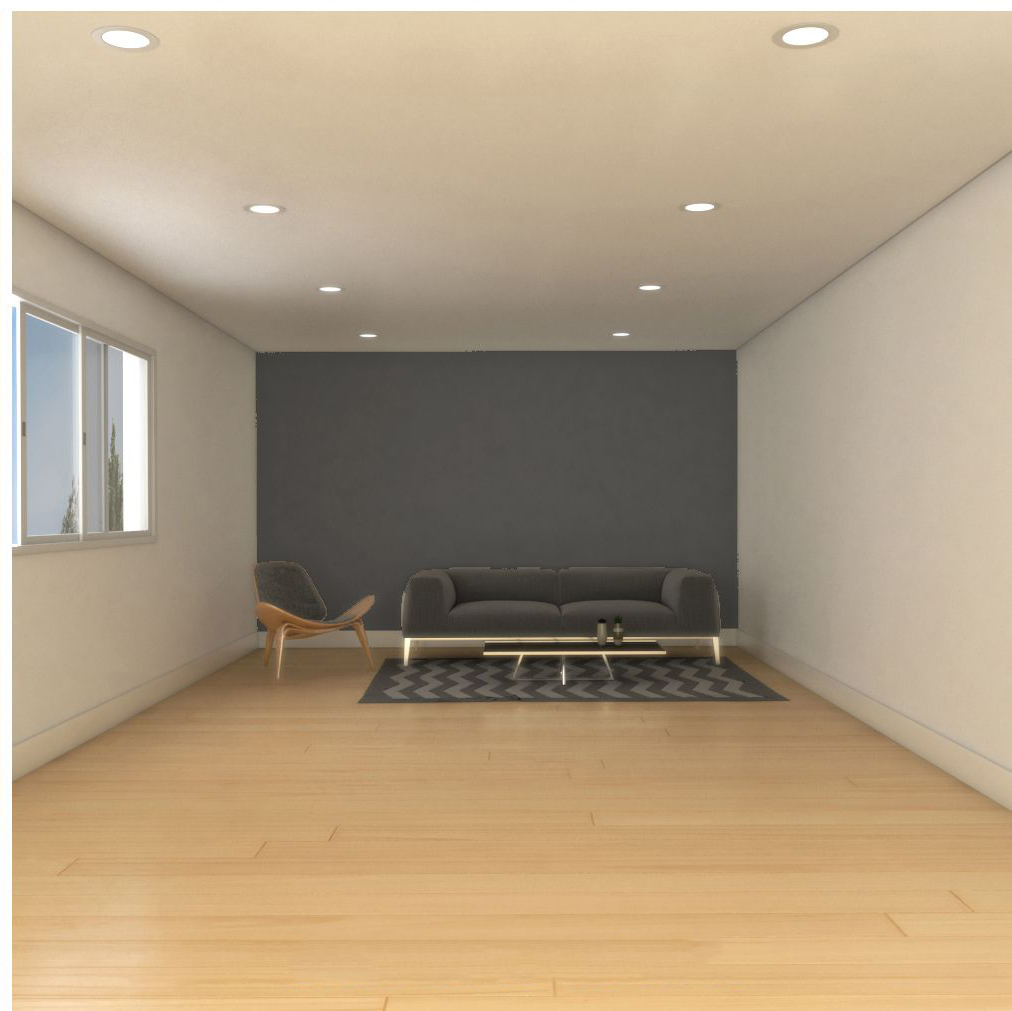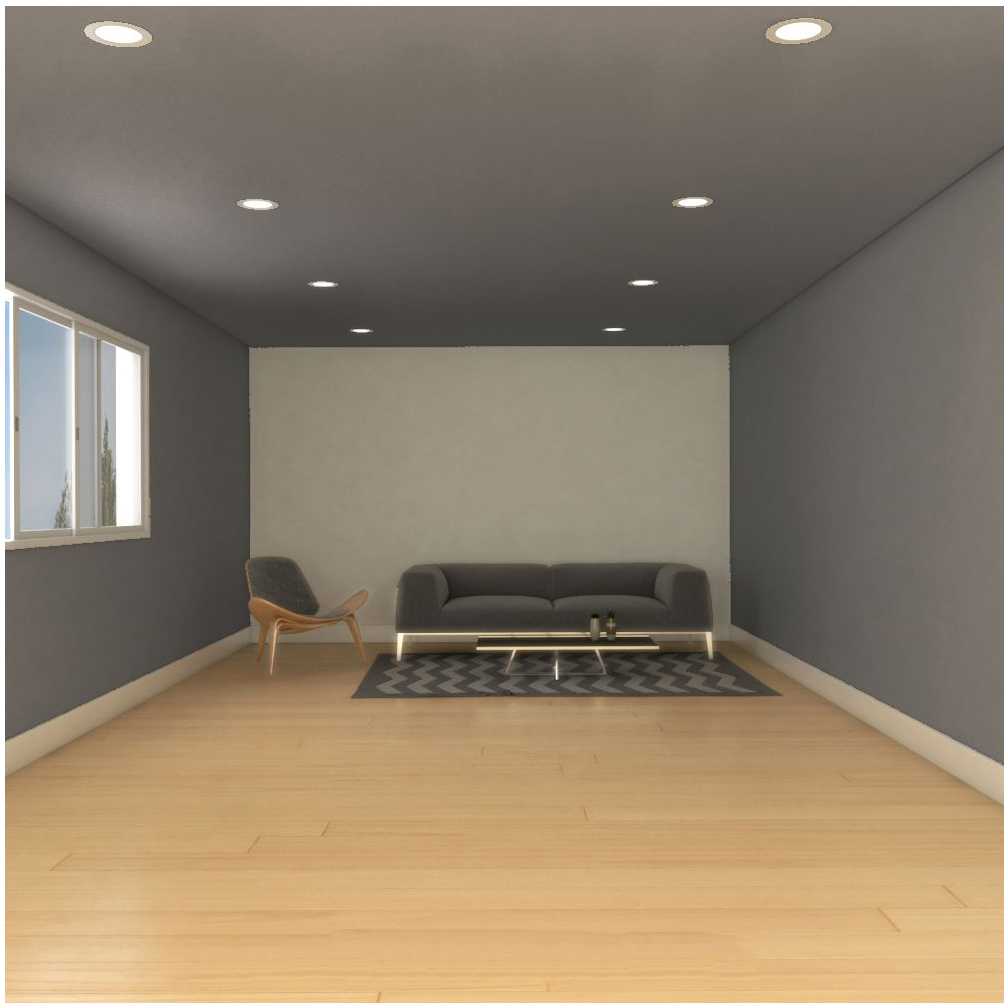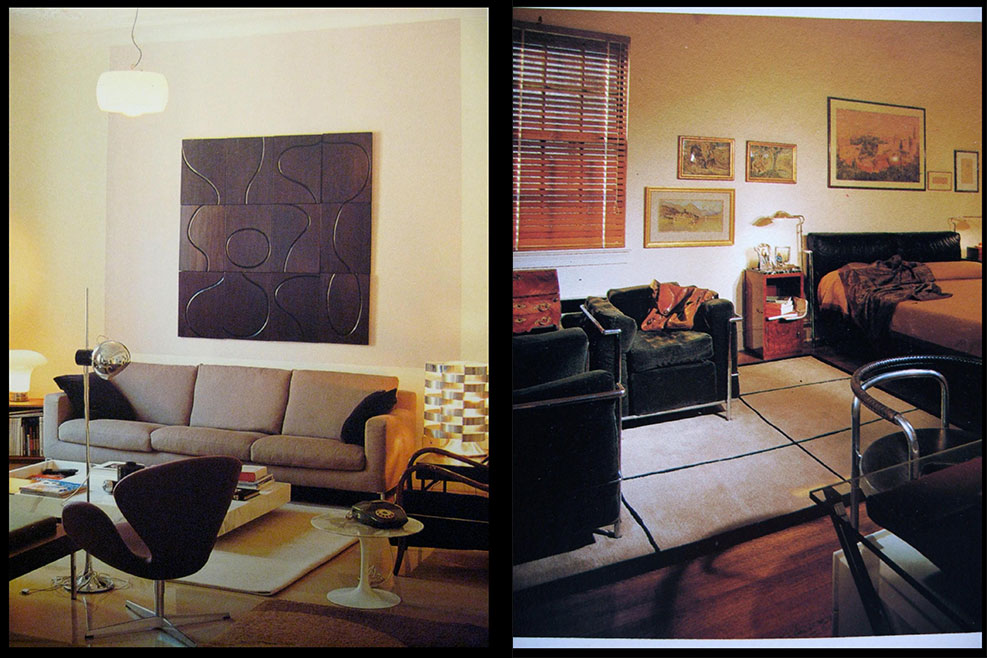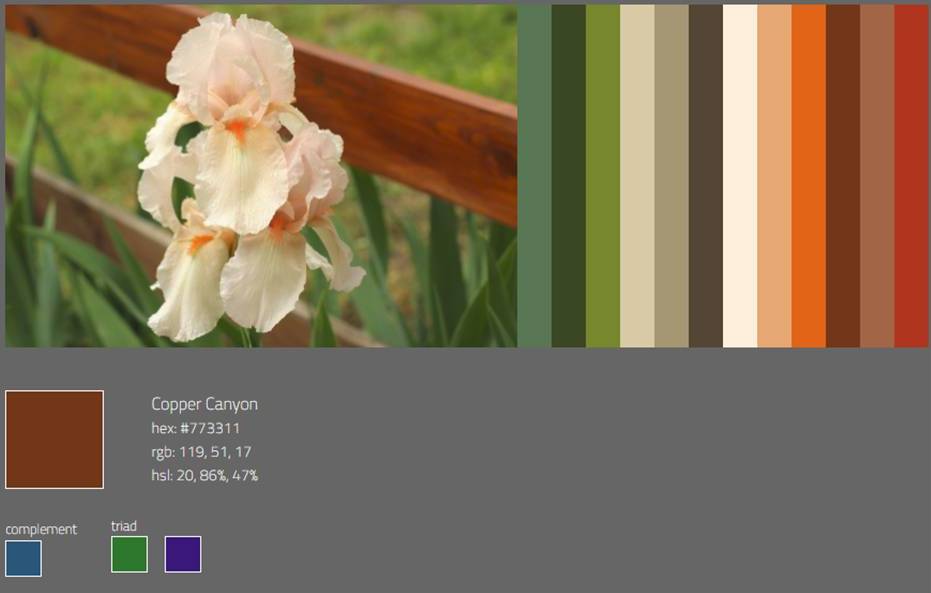Renovating home…
If you are planning something, whatever it is, you can be sure that the people around you will have their opinion about it, and will be happy to let you know it!
This, therefore, also applies if you are renovating your home!
You start all thrilled with a thousand ideas, you can already imagine how it will be, and slowly everyone “destroys” your dreams with “if I were you…” “in your place…” “I would do this differently…”!
Often they give you a suggestion for a part, an element, without knowing all the rest of the project.
But, above all, they don’t know why you’re taking a certain decision!
Most of the time, people are full of good intentions, but not really being in your shoes, their suggestions will be dictated by their tastes and their experiences, which are not necessarily suited to yours!
Designing or renovating your home is definitely exciting, and it is normal that you want to share all this with friends and family!
But, often, their advice and suggestions get you confused!
And it is possible that, following some of their ideas, in the end, you will have a home that isn’t really the way you wanted!
And, above all, that doesn’t fully adapt to your needs and your way of being!
Why does this happen?
HOW ARE YOU COMMUNICATING?
Often this happens because of how you communicate information with them:
- are you simply making them aware of your plans?
- are you looking for suggestions?
- or do you seek their approval?
How you tell them things will make a big difference in whereby they will understand them and reply accordingly!
If your intention is only communicative, to make them aware of what you are doing and share your joy, you must show your projects as if all the decisions had already been taken!
If you are sure of your ideas, others will be inclined to support your vision and share your joy, without intrusion.
Or, in any case, with less “invasive” ones!
When they have anyhow to give you their point of view, accept it, think about it and see if it really is something that fits you, your personality, and your needs.
If it doesn’t, go over it without hesitation, remember that it is you who must live in that house, not them!
BE CAREFUL WHO YOU ASK
If, on the other hand, you have doubts about some part of the project and would like to receive effective advice, do not ask everyone, you would come out more confused than ever!
instead look for someone who is more like you, who knows your tastes and your needs and you will see that they will give you thoughtful advice that really can be useful to you!
But, even in this case, although surely this suggestion will be based more on you, do not take it as pure gold.
Evaluate it in every detail, to be sure that it really fits your needs.
Otherwise do not be afraid to change it, maybe the basic idea is right, but some details are not entirely in tune with your way of being.
As we have said, home renovation is exciting, but it can also be stressful, especially if the project is large and the process is long!
During the path, you may feel frustrated and have a thousand doubts about your choices, and unasked advice can really throw you down…
ONLY YOU KNOW WHAT YOU NEED!
When this happens, stop, take a deep breath, and always listen just to your heart.
Only you know your very personal tastes, your rhythms, and your needs, and, therefore, only you know what can make you happy!
For example, if your dream is a large open-space kitchen because you love to receive friends and relatives and while you cook you like being able to chat with them, you don’t have to change your mind if someone tells you that a closed kitchen is better because at least you don’t see disorder and above all odors are not smelt!
Remember that a design decision is not necessarily better or worse than yours, only different, dictated by different tastes and needs.
What is right for someone could be very wrong for you!
When customers ask me for help, the first thing I do is talk at length to understand their tastes and needs to study together with the best solution that makes them happy!
Projects don’t always meet my taste, but woe if it were so, the house is not mine!
So, when you start sharing your exciting restructuring plans with others, and the advice starts to arrive copiously, remember that you are the captain of the ship and that only useful friends have to get on board!
The house must reflect you, not them!
If you are renovating your home and need help putting YOUR ideas together, please don’t hesitate to contact me!

